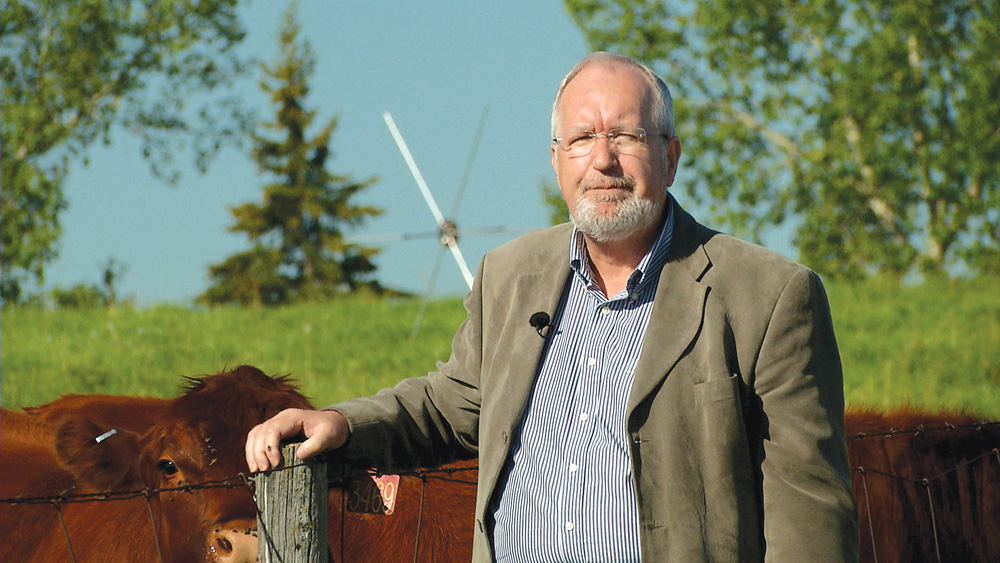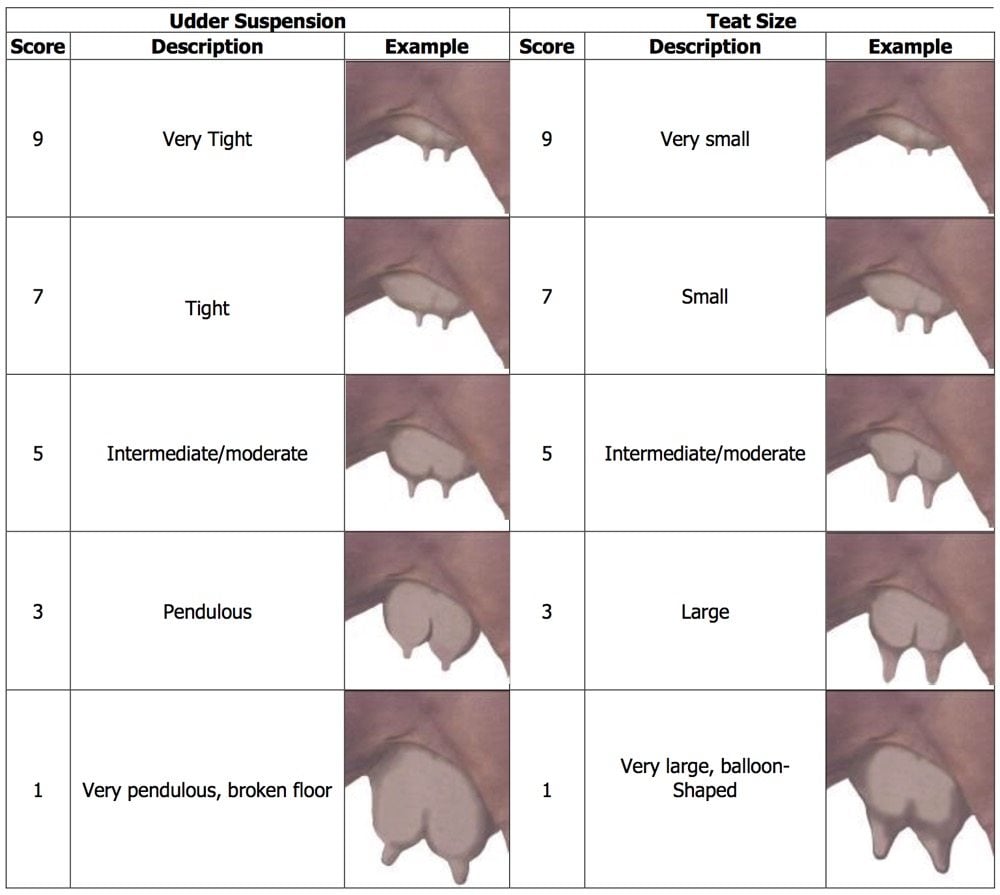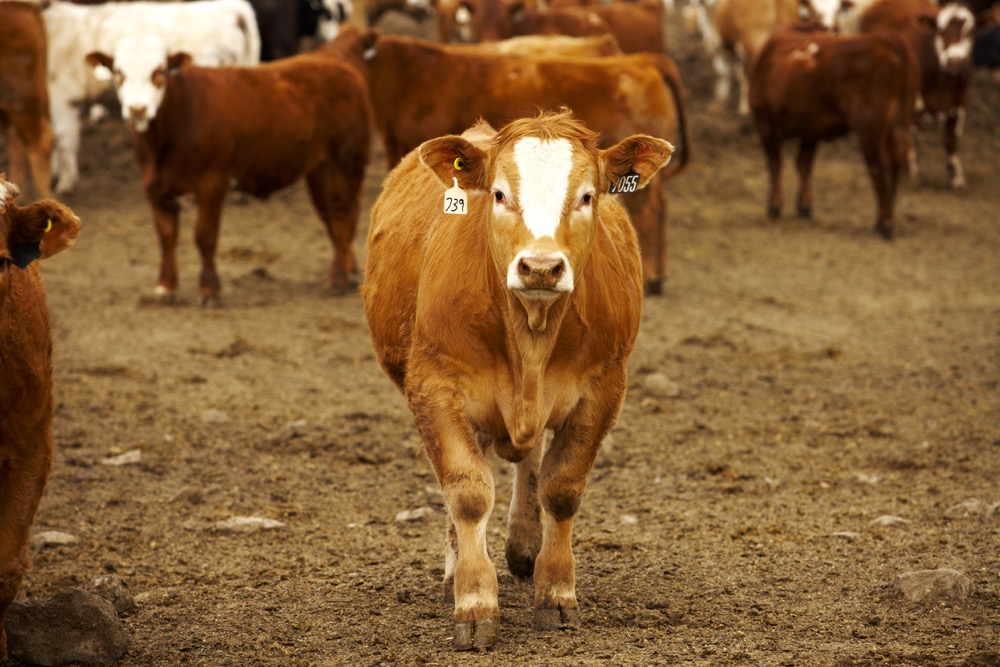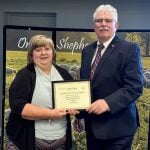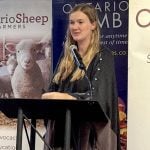Commercial cattle producers already employ many tactics and strategies when selecting replacement heifers they hope will upgrade their cow herd. These might include matching biotypes to the environment, making sensible choices for easy calving, growing heifers to 60 per cent of mature cow weights pre-breeding, assessing for confirmation and docility, feeding to optimal body condition score, plus keeping accurate records.
Each of these strategies is beneficial but producers now have another option — EnVigour HX, the first made-in-Canada genomic tool for crossbred cattle.
“This tool came to be because, over the last couple of decades, we noticed trends in the Canadian and North American cattle industry showing the beef herds were becoming redder and blacker,” says John Basarab, a research scientist at the University of Alberta and head of beef operations at Livestock Gentec. “Breeds were changing due to genetic selection and genomic tools to make progress. Their traditional breed characteristics were becoming more and more similar.”
Read Also
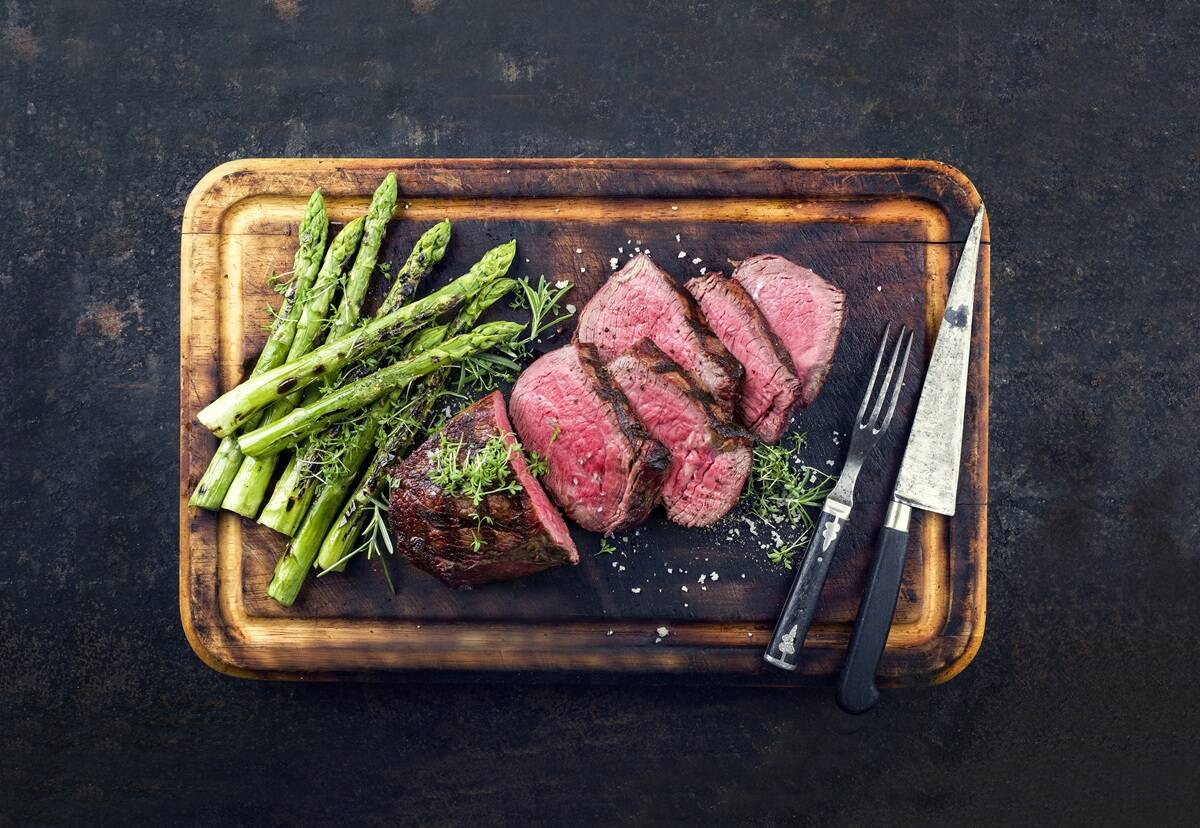
Building demand together: The impact of Canada’s beef import levy
The beef import levy has become a central tool for ensuring balance in Canada’s beef industry
Herds were predominantly red and black but not straight Red or Black Angus. This mattered as in a commercial cow-calf production setting, hybrid vigour remains important. It’s often referred to as the last free lunch. Research and trials confirm increases in hybrid vigour improve general and reproductive fitness and deliver more energetic calves on the ground.
Basarab wondered if the general population of females was becoming less crossbred. To confirm, he played a central role in the creation of the genomic indicator of heterosis tool.
“It became harder to determine the composition and hybrid vigour levels. We found over 25 years the amount of vigour in the commercial beef production sector was decreasing. We needed a tool to monitor the situation and indicate the degree of crossbreeding. This tool would offer workable practices to reinstate hybrid vigour levels.”
Sampling and scoring
To use the tool, tissue samples are taken using an ear punch applicator as it’s the cleanest and most efficient process. Samples are placed into small, bar-coded vials and shipped to Neogen Canada’s Edmonton location. Genotyping, or DNA variance testing, is completed there before being sent to Livestock Gentec at the University of Alberta where results are converted into breed composition based on DNA variance.
A hybrid vigour or heterozygosity (gRH) score is then calculated by analyzing how many AB or (heterozygous) alleles are present in comparison to the AA and BB (homozygous) alleles.
“This calculation demonstrates genetic variability and when done over hundreds of thousands of DNA points it displays animal resilience,” Basarab says. “With this level of heterozygosity over a large part of the genome, the animal can resist management and environmental climate stresses and changes.”
The process is completed using a complex, highly rated formula. The larger the score, the more likely animals are to deliver improved pregnancy rates, more calves on the ground, lifetime productivity, plus other benefits driving profit.
Replacement selection criteria
The hybrid vigour score is incorporated at a certain percentage into what is called a “Replacement Heifer Profit Index.” Molecular breeding values for desired traits are calculated and generated from the sample.
“It’s the same DNA, same costs, same everything,” Basarab says. “We end up with a handful of molecular breeding values for traits like age at first calving, or the amount of fat prior to breeding season. These results are built into the scoring which are then used to rank a group of replacements from top to bottom.”
For example, a producer with 30 heifers could accurately identify both the top- and low-ranked animals. This information could be used for culling decisions on the bottom percentage.
“It’s extremely beneficial as hybrid vigour also refers to genomic diversity adding resilience, fitness, fertility, longevity and healthier cattle making their way through the feedlot. More calves are weaned from the same number of cows, adding revenue and reducing greenhouse gases for a better carbon footprint, which is one of the most important things to come out of this genomic tool.”
Costs and validations
Every new technology comes with a cost-benefit relationship. A hundred-thousand genotypes completed as a one-off usually cost a little over $50, presenting a significant barrier to technology adoption. Basarab says various projects are funding and subsidizing genotyping and are often reducing costs to $15 or $20.
“We’ve essentially reduced the investment by 50 to 60 per cent. It’s becoming a popular technique. Thousands of producers are booking their genotyping this year with well over 12,000 cattle already registered.”
Validation was completed by trialling independent herds and following up on what occurred with the top- and bottom-ranked groups. They analyzed calving and weaning rates, finding higher-ranked heifers had much better rates compared to lower-ranked.
“Around six to nine calves more per 100 heifers exposed is huge. Selling six more calves makes a big difference.”
Basarab recommends an operation’s DNA testing strategy include bull battery tests or breed association checks for purebred bull genotypes already on file, tests for replacement heifers identifying breed compositions, along with hybrid vigour scoring to guide sorting and culling criteria.
The Envigour HX technology is the extra tool in the kit to help confirm animal types best suited for an environment and operational management.
“We know it’s going to be crossbred, so the bottom line is we’ll match the cow to the environment and management while maintaining above-average levels of hybrid vigour within both the cows and calves. We’re helping producers visualize their herd’s hybrid vigour status and offering ways to improve it.”
– Bruce Derksen lives, works and writes in Lacombe, Alta. He has 30 years of experience as a hands-on participant in numerous branches of the western Canadian livestock industry.




